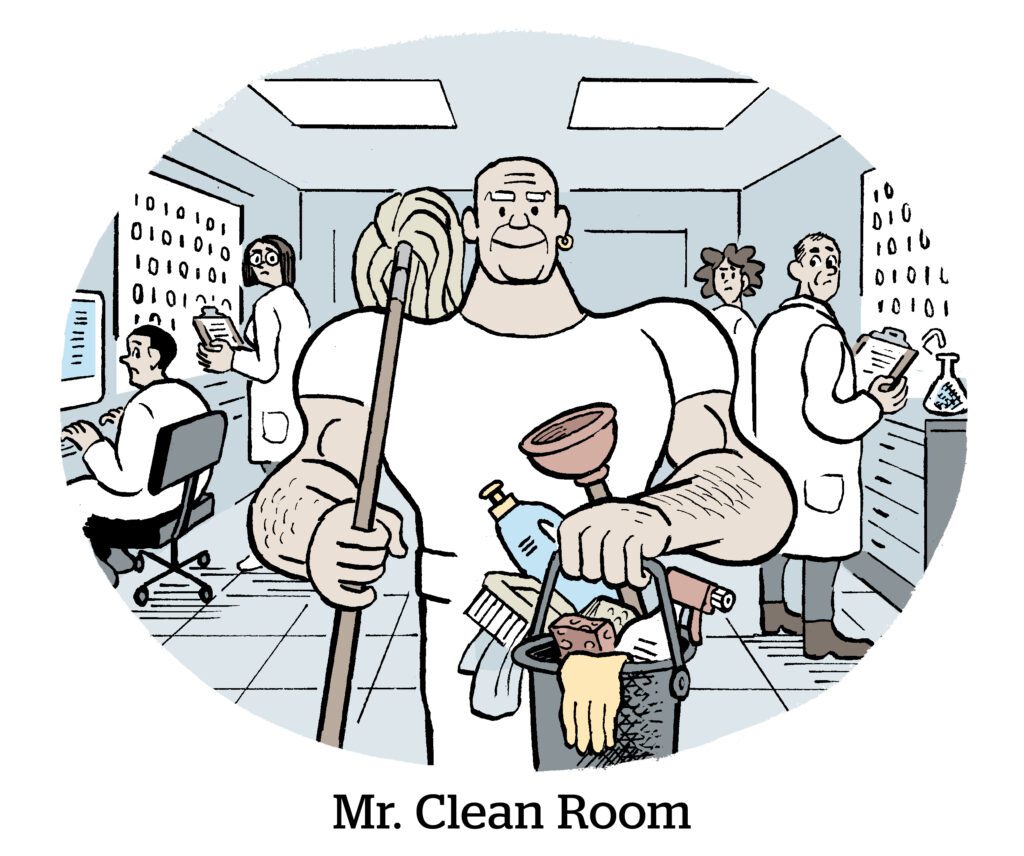The push for better data privacy protections in digital advertising is changing how publishers, advertisers, agencies and tech vendors collaborate on campaigns.
Case in point: Canada-based news outlet The Globe and Mail has transformed how it runs its always-on direct ad campaigns with Canadian transit company VIA Rail.
With input from VIA Rail’s agency, Omnicom Media Group (OMG) subsidiary Touché, VIA Rail and The Globe and Mail are combining their first-party data sets to create bespoke ad targeting audiences in partnership with data clean room provider Optable.
As a result, when targeting the custom audiences, VIA Rail’s campaign was able to achieve 3.4x greater reach than it could by targeting The Globe and Mail’s general travel segment, and its cost per unique impression was 2.5x lower compared to the general segment, while cost per viewable impression was 1.5x lower.
The agency perspective
VIA Rail’s latest display advertising campaign with The Globe and Mail was part of an ongoing always-on direct deal between the two parties, with impressions served most heavily during April-May and September-October each year.
This year’s campaign aimed to increase ticket purchases by reactivating lapsed rail riders and raising awareness of promotions for regular riders, said Mia Bergman, brand and go-to-market manager for VIA Rail.
Supporting Canadian media is also a priority for VIA Rail, Bergman added, and the campaign’s clean room integration helped strengthen its longtime partnership with a major Canadian media brand.
VIA Rail started testing Optable’s clean room in smaller buys with The Globe and Mail last year before dedicating a larger part of its campaign budget to clean-room-based targeting segments this year.
OMG Touché, VIA Rail’s agency, has been encouraging its clients to experiment with clean rooms to future-proof their data strategies, said Nicholas Boismenu, group supervisor for OMG Touché. Since OMG started pushing for clean room experiments, Optable has emerged as a de facto preferred partner, he said. “Basically, all the partners we’re working with are partnering with Optable.”
On the publisher side, The Globe and Mail integrated Optable’s clean room under the direction of Kabil Rahaman, who was hired two years ago as head of data optimization after nearly five years at OMG.
During his time on the agency side, Rahaman saw firsthand how hard it was for agencies to facilitate targeting between their clients and publishers, given tightening laws and standards around data usage. Sitting between different data owners is “one of the biggest pain points” in the agency model, he said.
“Unless you’re the data owner, it’s difficult to understand the permissions and consent necessary for you to use all of that personal information,” Rahaman said.
Plus, agencies and their buy-side tools had become too reliant on disappearing signals, such as third-party cookies, to facilitate connections between partners, he added.
To build similar custom audience segments through a DSP, for example, the agency would have to bring in a customer list from a client’s customer relationship management (CRM) platform, match that data set to the data available in the DSP’s environment, then rely on third-party cookie matches to match the resulting audience against a publisher’s audience. Doing so “becomes messy,” Rahaman said.
Besides, there are few third-party data sets specifically designed for the Canadian market, he said. “Most are American models adapted to Canada, but those don’t really work.”
Clean room matching
In contrast, a clean room allows the advertiser and publisher to combine their first-party data sets while preventing either party from learning too much about the other’s data.
VIA Rail’s campaign with The Globe and Mail involved finding matches between email addresses in both audiences. Optable’s tech allowed them to hash these email addresses before entering them into the clean room and prevented either party from seeing the other’s raw data in an unencrypted state.
Optable creates a clean room instance – in other words, a dedicated program – to facilitate this data sharing. It sends an email requesting the advertiser and publisher load any relevant data into a purpose-built “node,” then creates targetable segments based on matches between the data sets. Optable’s platform also conducts lookalike modeling to extend the scale of the campaign beyond 1:1 email matches.
For this campaign, VIA Rail and The Globe and Mail created three custom audience segments: “Lapsed Travelers,” “Mid-Week Travelers” and “Last 3 Years Travelers.”
VIA Rail provided OMG with lists of riders that fit these profiles, as derived from its CRM data. These lists were segmented in accordance with the campaign parameters – e.g., VIA Rail provided a list of riders who had ridden its trains within the past few months, as well as a list of riders who hadn’t purchased tickets in years.
Meanwhile, The Globe and Mail worked with Optable to improve its data-warehousing capabilities to gather and store insights for targeting similar user profiles on its site.
For example, VIA Rail was partly targeting frequent business travelers who commute for work, so The Globe and Mail sent Optable data on members of its Canadian audience that had read content within the past 60 days about commuting or industries that index heavily for commuters.
Creative optimization
Once Optable built the custom audiences, OMG could target them with purpose-built creative.
Mid-Week Travelers would see display ads about discounted passes for frequent riders. Meanwhile, Lapsed Travelers would see creative hyping the things they may have once loved about riding VIA Rail’s trains, Bergman said, such as looking out the window as the scenery rolls by.
More deliberately targeting the creative boosted the campaign’s targeting efficiency, while Optable’s lookalike modeling improved its reach. The campaign also produced similar cost per qualified visit to VIA Rail’s website as VIA Rail’s longstanding optimization tactics.
Now that VIA Rail has a better sense of its audience overlap with The Globe and Mail, its next priority is finding promotional opportunities that can strengthen their partnership even further, Bergman said, such as a bundling arrangement that could give VIA Rail riders Globe and Mail subscriptions.
“These sorts of partnerships, which may not be strictly reserved for advertising, can be established through something like this [clean room integration],” Rahaman said.
So, while the campaign didn’t improve The Globe and Mail’s ad revenue because it is part of an ongoing direct deal whose terms were negotiated in advance, it could result in the publication growing its readership – and therefore its revenue – down the line.



















